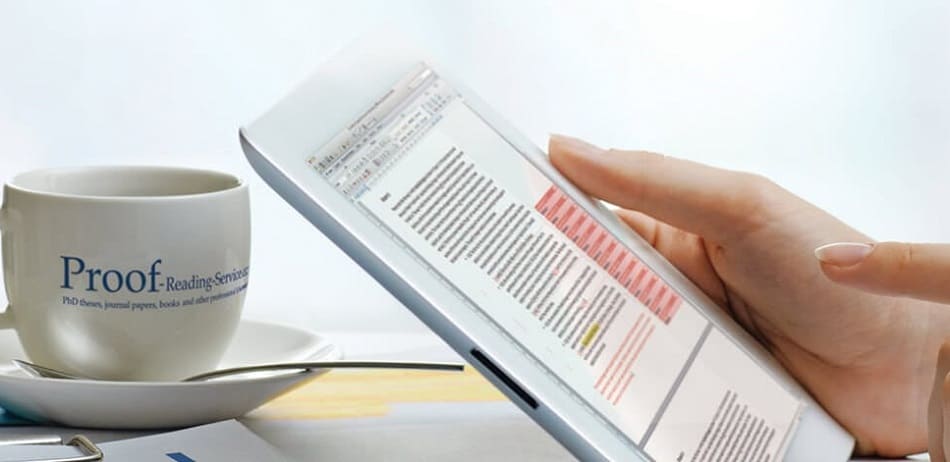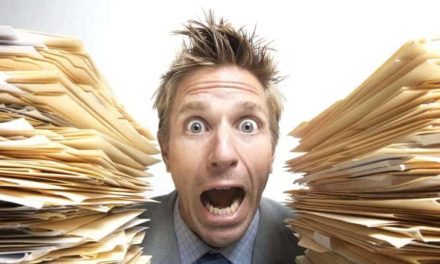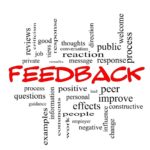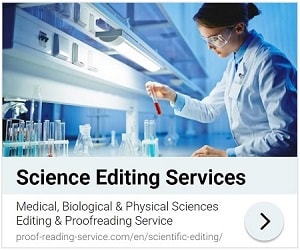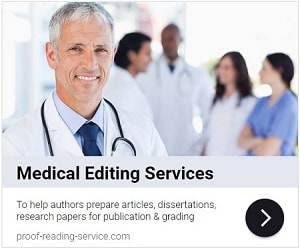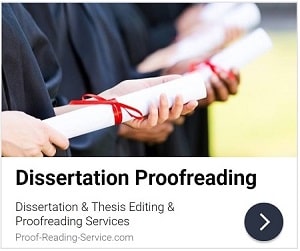Making Good Use of a Proofreading Services as You Revise a Paper
Every rejected manuscript is unique, so there is no single approach to revision beyond sincerely trying to produce a better piece of writing that will meet the needs of the journal or press through which you hope to publish your work. You may wish to do all the revisions yourself, perhaps with a little help from colleagues and mentors, and it is certainly necessary for an author to understand the problems preventing publication and to decide exactly how those problems should be resolved. In some cases, however, primarily due to time restraints, language skills or both, an author may need to seek a little professional assistance to ensure that his or her manuscript will meet with greater success when it is resubmitted for consideration.
The kind of help an author requires will depend on the kind of revisions he or she must make. Although a very busy scholar might recruit the expertise of a research assistant to edit and reshape certain aspects of a document’s content, revisions to the content of a research manuscript usually demand the author’s attention. It is more common for academics and scientists to seek help with language issues and adherence to publisher guidelines. For both of these tasks a professional proofreader or editor is eminently well suited, but it is best to choose one who specialises in academic or scientific writing and even better if he or she is highly educated in the discipline and subject area of the document.
Of central importance to making the best use of a proofreader’s services is to provide that individual with as much information as possible. When you are dealing with revisions to a rejected manuscript, this will mean sharing the criticism you have received from the acquisitions editor and peer reviewers. You do not need to share everything, of course, so comments on content could certainly be left out when you are hiring a proofreader to correct and polish your written English. On the other hand, sharing criticism related to the problems with language that are preventing the publication of your work can be incredibly helpful, and you can share it as easily through marginal comments in your document as through a covering letter when you send your work to the proofreader. It is also essential to provide your proofreader with the publisher guidelines you are following. This is especially the case if formatting or documentation style is among the problems identified in your manuscript, but it is always a good idea to provide this information because proofreaders tend to catch tiny details that other readers may miss, and you want every aspect of your manuscript perfect the second time around.
The services of a proofreader or editor will always be most useful when an author has already made all the necessary changes he or she can manage and polished the manuscript as much as possible. It is also essential to leave yourself a little time to look through the work the proofreader has done for you, not only to be sure that all the changes are appropriate, but also to implement if you choose the most useful of those suggestions for further improvements that professional proofreaders tend to offer as they make necessary corrections.
You might be interested in Services offered by Proof-Reading-Service.com
Journal Editing
Journal article editing services
PhD Thesis Editing
PhD thesis editing services
Expert Editing
Expert editing for all papers
Medical Editing
Medical Editing Services
Research Editing
Research paper editing services
Book Editing
Professional book editing services
